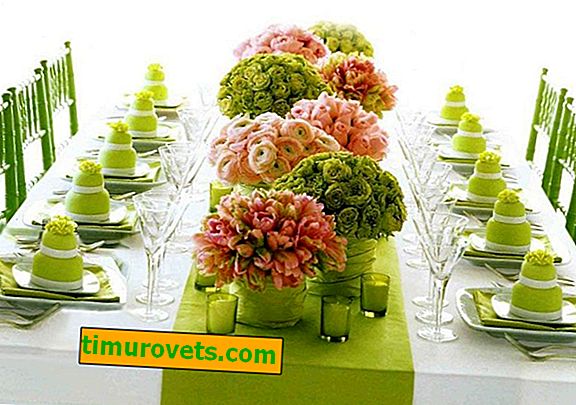Your baby has already grown up enough, and soon the family will receive the long-awaited ticket to kindergarten, and the child will go to learn the world with his peers. For this period of his life, you need to prepare properly. And most importantly, what parents need to do is to ensure a comfortable stay for the child in kindergarten. Everything here should be convenient and comfortable for him.
Great help in the convenience of handling, changing clothes and other things to parents is provided by a small organizer with pockets on the door of the baby's locker. After all, not only the theater begins with a hanger, kindergarten also begins with a dressing room, in which the child should easily find all the things he needs.

Varieties of pockets on a locker in a kindergarten
Today, the product market is replete with a variety of products offered. There are many pockets for closets in kindergartens. Different colors, textures and shapes for every taste. Pockets are divided by gender, that is, you will find them for both boys and girls.
There are pockets on fasteners, buttons and elastic bands.
Important! For very young children, it is better to use larger organizers and not closing, which does not create unnecessary difficulties for the child.
Despite the large selection, many mothers invent an image of an object in their heads, but they cannot find it on the shelves. There is only one way out of the situation - to sew pockets on your own. To do this is not so difficult, you only need imagination and patience, then you will definitely be satisfied with the result.

How to make an organizer on a cabinet in a kindergarten
- At the beginning of the work, decide what color the organizer has chosen, and the material. The choice of fabric does not play a big role, but it is better to choose the one that does not creep on the seams.
- For proper sewing things you need to know the dimensions of the cabinet, or rather, its door. We will show an example of how to sew pockets with a total size of 30 x 80 cm.
- Now make patterns of details: two bases 30 x 80 cm in size, two pockets 40 x 20 cm and two 40 x 15 cm. Do not get attached to the number of pockets described here, it can be any.
- When cutting out the details in size, do not lose sight of leaving one centimeter at the seams. And in the cavities you need a backlog to pass the gum, and it should be two centimeters. Sew the gum pockets on top with the next step. Insert the prepared gum into the already stitched pockets and pull it down to a size of 30 cm.
- Now sew the first pocket on the lower base and back away from its lower edge three centimeters. Place the pocket face down and sew with a machine. Unscrew it so that you get a hidden seam, and sew the sides.
- Take the second part of the base and sew to the first, laying them on top of each other, without bending. At the bottom and top of the bases, leave a little space to get grooves, into which then you need to insert a wooden block or plastic to give stiffness and weight. At a distance of 3 centimeters, sew the guide for the frame with the usual line. At the bottom, just the same, but after two centimeters, make the same line. Select the appropriate plastic or wood for the frame and insert into the slots.
- If you could not find the suitable material, then use ordinary thick cardboard. But get ready for the fact that such a frame will not withstand many washes. Having done all the operations, remove the excess tissue and treat the edges with either a slanting inlay or the same fabric.
- Cut four centimeter strips and sew them. The last touch you will have loops on which the whole structure will hang. They can be made not only from the same fabric, but also from various twine and cord.
- It is not difficult to distribute the purpose of each pocket, everything is individual here and depends on your needs. Typically, the compartments are distributed as follows: For underwear and socks, for spare and removable underwear, for replaceable clothes, hats and gloves, and for dirty or wet items.
Sewing such an organizer is possible not only for children, but also for adults. It is convenient to store all sorts of little things for hair and combs in it. And you can also fit in the hallway for brushes. Trust your imagination, and it will tell you in which direction you need to move. Make your child an original organizer in the garden, so that there is only one. No need to give a lot of money for branded items or an individual sewing order. But mom knows exactly what her baby will like and will delight him.
Such sachets with pockets not only distinguish things, but also help your baby get used to the order. He will clearly know and understand that each thing should have its own place. You can even sew it together, it is necessary to instill aesthetic thinking at a very early age. Working on pockets, you can learn colors or animals along the way, if they are present on the material of your choice.








